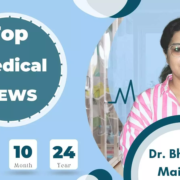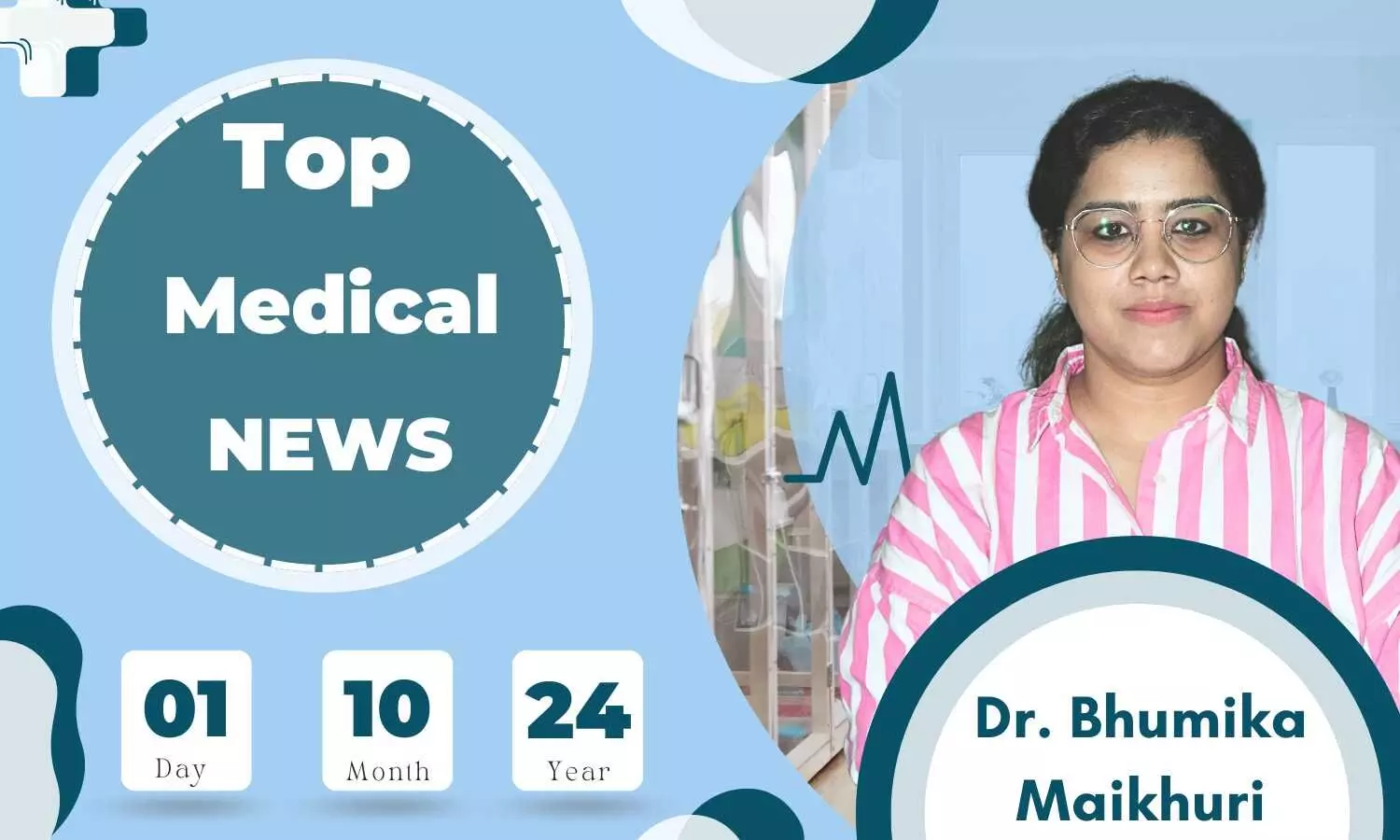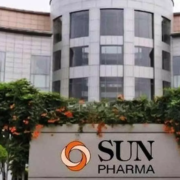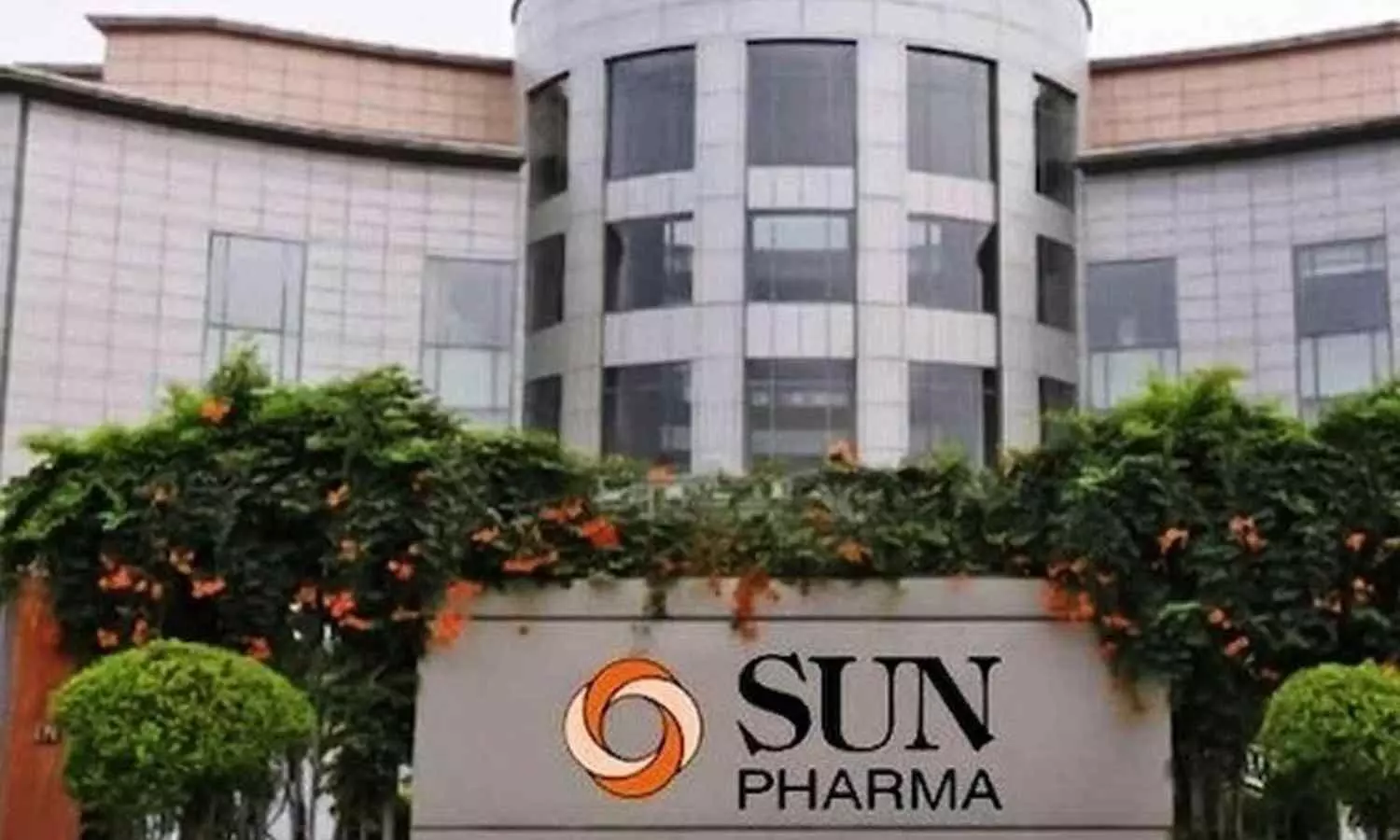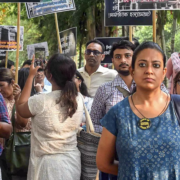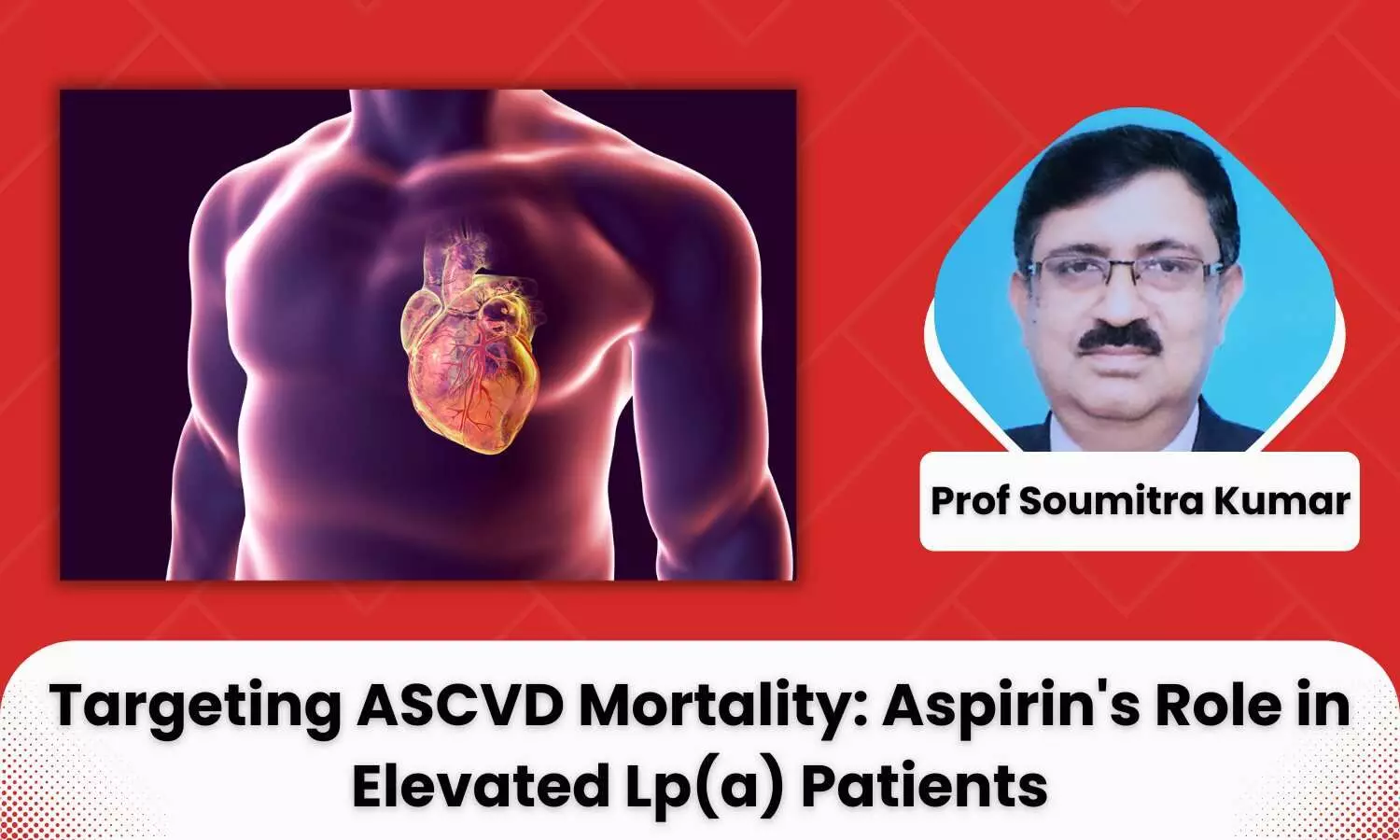Predictive Biomarkers: May Support Potential for “Personalized Medicine Approach” in RA patients
A study published by researchers in Trinity College Dublin and St Vincent’s University Hospital proposes a better understanding of the site of inflammation in rheumatoid arthritis which will allow for the development of new treatment strategies or predictive biomarkers which could support the potential for a ‘personalised medicine’ approach. The study was published in the journal Science Advances. In India, the prevalence of rheumatoid arthritis is estimated to be 0.7% which is higher than the global prevalence of 0.46%
The team performed an in-depth investigation of a specific population of cells: ‘the macrophages’ that reside in the synovium of Rheumatoid arthritis patients, ‘individuals-at-risk’ of RA and healthy controls. Researchers demonstrated for the first time, the presence of a dominant macrophage subtype (CD40-expressing CD206+CD163+) in the inflamed Rheumatoid arthritis synovium, which importantly was associated with disease-activity and treatment response.
The team identified that these cells are resident in the joint which, in health play a protective role, but in disease – for reasons we are unsure of – become pro-inflammatory, and release proteins called cytokines that induce inflammation, and also have the ability to activate the invasive fibroblast cell type which leads to cartilage and bone destruction.
Researchers identified that the pro-inflammatory status of these macrophages is maintained by specific signaling and metabolic pathways within the joint, the targeting of which may induce resolution of inflammation. Importantly the team identified that these changes in the macrophage status occurred pre-disease onset.
Combined, these findings identify the presence of an early pathogenic macrophage cell/gene signature that shapes the Rheumatoid arthritis joint inflammatory environment and represents a unique opportunity for early diagnosis and therapeutic intervention.
Reference: Loss of synovial tissue macrophage homeostasis precedes rheumatoid arthritis clinical onset. https://www.science.org/doi/epdf/10.1126/sciadv.adj1252
Union Health Ministry Releases Revised Operational Guidelines and Training Manual of NAFLD
The Union Health Ministry released the revised operational guidelines and training manual of non alcoholic fatty liver disease.
According to Union Health Secretary, India has taken lead in recognizing Non alcoholic fatty liver disease as a major non communicable disease. It is rapidly emerging as a public health concern, closely linked with metabolic disorders such as obesity, diabetes and cardiovascular diseases. The release of these documents will provide a framework for health workers at all levels, from community health workers to medical officers.
Addressing the session, Shri Apurva Chandra, Union Health Secretary said that “India has taken the lead in recognising Non alcoholic fatty liver disease as a major Non communicable disease”. He said, “Non alcoholic fatty liver disease is rapidly emerging as a major public health concern, closely linked with metabolic disorders such as obesity, diabetes and cardiovascular diseases. Out of 10, one to three people can have Non alcoholic fatty liver disease which highlights the impact of the disease.”
Shri Chandra highlighted that “the release of revised operational guidelines and training modules reflects the importance being given by the Union Health Ministry to curb the disease.” He said these documents will provide a framework for health workers at all levels, from community health workers to medical officers. He also emphasized the importance of continuum of care for people who have been diagnosed with Non-Communicable Diseases and underlined the need for lifestyle modification for reducing the prevalence of Non alcoholic fatty liver disease.
Non-Alcoholic Fatty Liver Diseases is emerging as an important cause of liver disease in India. It could be assuming a silent epidemic with community prevalence ranging from 9% to 32%, depending on age, gender, area of residence and socioeconomic status. In other words, we are saying that out of 10 persons 1 to 3 persons will be having Fatty liver or related disease.
India contributes high numbers for globally and one of the core causes of metabolic diseases is in liver. Realizing the growing burden and urgent need to address it, India became the first country to integrate the Non alcoholic fatty liver disease in the National Programme for Prevention and Control of Non-Communicable Diseases in 2021.
The guidelines focus on health promotion and early detection which are important for ensuring that patients with Non alcoholic fatty liver disease receive timely and appropriate care. It also advocates for a multidisciplinary approach, integrating the efforts of healthcare providers from various discipline to offer a holistic care to individual affected by Non alcoholic fatty liver disease.
The effective management of Non alcoholic fatty liver disease requires not only a sound understanding of the disease condition but also a capacity to implement evidence-based interventions at all level of healthcare. The Training Module for Non alcoholic fatty liver disease is developed to complement Operational Guidelines and help in building capacity of healthcare professionals with knowledge and skills necessary to identify, manage, prevent Non alcoholic fatty liver disease particularly at primary level. The module covers a wide range of topic including epidemiology, risk factors, screening, diagnostic protocol and standardized treatment guidelines. It also reinforces the importance of early detection, patient education, lifestyle modification and integrated care strategies to improve health outcomes.
Chemically Induced Stem Cell Islets Functionally “Cure” Type 1 Diabetes in Phase 1 Clinical Trial
Chinese scientists have realized the clinical cure of a type 1 diabetes patient by transplanting islet cells derived from chemically induced pluripotent stem cells (CiPSC-islets), according to clinical research published in the journal Cell.
This CiPSC-islets therapy aimed at curing type 1 diabetes, the first of its kind, was performed by medical scientists from Tianjin First Central Hospital, Peking University, Changping Laboratory and Hangzhou Reprogenix Bioscience.
During the study, a female patient who had type 1 diabetes for 11 years was completely dependent on insulin treatment and suffered from poor blood sugar control. After the transplant of CiPSC-islets, she regained the capability to autonomously regulate her blood sugar.
Seventy-five days after the transplant, she became insulin independent and has remained insulin injection-free for over a year. All her diabetes-related indicators have reached the levels of a healthy person, confirming the clinical cure of this type 1 diabetes patient.
According to Deng Hongkui, director of Peking University’s Stem Cell Research Center, another corresponding author, pluripotent stem cells have unlimited proliferation capability and can differentiate into all functional cell types, making them the “seed cells” of regenerative medicine.
However, they only exist in the early stages of embryonic development, and go on to differentiate into various types of adult cells that make up the organism, losing their “seed cell” capability.
If this natural process is reversed, allowing highly differentiated adult cells to regain a pluripotent state similar to that of early embryonic development, then it might be possible to use these “seed cells” to prepare human cells and tissues in vitro for treating various diseases caused by aging, pathological changes, injuries or genetic factors.
According to Deng, CiPSC-islets provide a new source for use in transplantation therapy for diabetes, while chemical reprogramming may become a universal core technology for efficiently preparing various types of functional cells, paving the new way for the widespread application of cell therapy in treatment of major diseases.
American Academy of Paediatrics Announces its First Clinical Practice Guideline for Opioid Prescriptions
The American Academy of Pediatrics has published its first clinical guideline for pediatricians on prescribing opioids, including explicit instructions on how and when to prescribe these medications for pain while reducing the long-term risk of addiction.
The “Clinical Practice Guideline: Opioid Prescribing for Acute Pain Management in Children and Adolescents in Outpatient Settings” marks a shift in clinical practice by also recommending a routine prescription for naloxone—a medication used to reverse overdoses—alongside every opioid prescription.
“There’s been a big pendulum swing in the practice of medicine over the last two decades—first with opioid-overprescribing, then with a huge cutback in opioid prescribing, likely leaving some children’s pain undertreated,” said Scott Hadland, MD MPH MS, FAAP, lead author of the guideline. “We want pediatricians to prescribe opioids when they’re needed because untreated pain can lead to distress and psychological harm. At the same time, physicians need to take steps that reduce the long-term risk for addiction.”
The AAP clinical practice guideline recommends:
• Pediatricians can and should prescribe opioids. However, they should do so in conjunction with other non-pharmacological approaches, such as physical therapy, to reduce pain and improve function. They should also be prescribed alongside other non-opioid medications, including acetaminophen and ibuprofen.
• Every prescription for opioids should also include a prescription for naloxone, an overdose reversal medication. This is key to treating overdose in anyone in the household who takes too much opioid medication—not only the child to whom the medication is prescribed, but other family members, including younger children in the house.
• All children and teens should have equitable access to effective pain treatment. Black, Hispanic, and American Indian and Alaska Native individuals are less likely than white individuals to receive timely and effective pain management (including with opioids), even after accounting for the level of pain across a range of pain conditions—many of which result in severe acute pain.
• Patients and caregivers should be given educational materials on pain control therapies, opioids, and safe storage and disposal of medications. They should also receive teaching on how to recognize the signs of an opioid overdose and how to intervene.
• AAP outlines several restrictions around prescription of codeine and tramadol, which are only FDA-approved for use in adults. They should not be prescribed in children younger than 12; in patients ages 12-18 with certain chronic conditions; in patients younger than 18 after tonsillectomy or adenoidectomy; or in patients who are breastfeeding.
The clinical guideline contains 12 key action statements based on evidence from randomized controlled trials, high-quality observational studies, and, when studies were lacking or could not feasibly or ethically be conducted, from expert opinion. Each key action statement includes a level of evidence, the benefit-harm relationship, and the strength of recommendation.
AAP urges additional research into ideal dosing and duration of treatment with opioids in pediatric populations.
Chinese Researchers Unveil New Link Between Bipolar Disorder and Epilepsy
A team of researchers from the Chinese Academy of Sciences has uncovered compelling evidence of a genetic link between bipolar disorder type I (BD-I) and epilepsy, potentially revolutionizing our understanding of these complex neuropsychiatric conditions. The study, published in Genomic Psychiatry, reveals shared genetic variants and a causal relationship between the two disorders, opening new avenues for research and treatment.
Led by Dr. Ming Li from the Kunming Institute of Zoology, the study utilized genome-wide association study (GWAS) data from European populations, encompassing over 26,000 epilepsy cases and 25,000 bipolar disorder type I cases, along with their respective controls. The researchers employed advanced statistical methods to uncover the genetic underpinnings shared by these seemingly distinct neurological conditions.
Key findings of the study include:
1. A significant positive genetic correlation (rg = 0.154) between bipolar disorder type I and epilepsy
2. Identification of approximately 1,300 genetic variants influencing both conditions
3. Discovery of six independent genomic loci significantly linked to bipolar disorder type I and epilepsy
4. A notable causal effect of epilepsy on bipolar disorder type I (P = 0.0079)
Dr. Li explains, “Our findings provide a novel rethinking of the connection between epilepsy and bipolar disorder, which aligns with the clinical observation that mood stabilizers are effective in treating both illnesses.”
One of the most intriguing discoveries is the role of the SP4 gene, which showed strong associations with both bipolar disorder type I and epilepsy. The SP4 protein, modulated by neuronal activity, has been linked to mood disorder management through its stabilization by lithium, a common mood stabilizer.
By demonstrating shared genetic underpinnings, it suggests that other neuropsychiatric disorders might have more in common than previously thought.
Furthermore, the research highlights the potential for personalized medicine approaches. As Dr. Li notes, “Understanding the genetic basis of these disorders could lead to more targeted treatments based on an individual’s genetic profile.”
The study also sheds light on the complex relationship between mood regulation and seizure activity in the brain.



